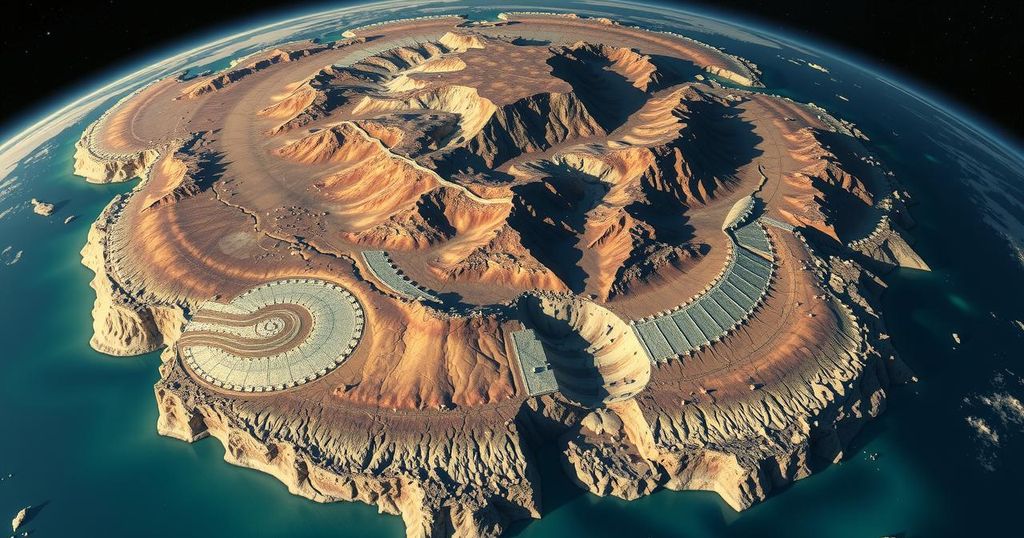Newly Discovered Davis Strait Microcontinent Unveils Earth’s Geological Secrets
A new continent, named the Davis Strait proto-microcontinent, has been discovered beneath the northern Atlantic Ocean. Formed millions of years ago by shifting tectonic plates, this microcontinent offers insights into other geological structures. Researchers highlight its significance in understanding microcontinent formation and the intricate history of Earth’s crust.
In a groundbreaking discovery, scientists have unveiled a previously hidden continent beneath the icy depths of the northern Atlantic Ocean. This revelation, emerging from the Davis Strait—a vast waterway separated by Canada’s Baffin Island and Greenland—challenges the simplicity of traditional geography, which typically lists only seven continents. The new landmass, deemed the Davis Strait proto-microcontinent, is a testament to the Earth’s complex geological tapestry, formed millions of years ago from the shifting tectonic plates that sculpt our planet.
Researchers from the UK and Sweden meticulously reconstructed the tectonic movements that occurred 33 to 61 million years back in the Davis Strait area. Their investigation unearthed a remarkably thick layer of continental crust, stretching 12 to 15 miles long, submerged in the frigid waters west of Greenland. As noted in their publication in Gondwana Research, this ancient crustal formation lends significant insight into other underexplored microcontinents across the globe.
The discovery stirred excitement among geoscientists, who anticipate that studying this newfound land could unveil clues about similar geological formations worldwide. The authors of the study assert, “Our identified mechanism of microcontinent formation may be widely applicable to other microcontinents around the globe.” Such findings could revolutionize our understanding of how these small land masses break away from larger continental structures, marking a pivotal moment in geological history.
Traditionally, elementary geography teaches that our Earth contains seven continents, a tantalizingly simple framework for a world that is anything but simple. In reality, the Earth is a geological puzzle, with researchers continuously uncovering lost landmasses that contribute vital information about the planet’s intricate history. The recent discovery of the Davis Strait proto-microcontinent is one such revelation, shedding light on the dynamic forces that shape our natural world over millions of years, particularly the movements of tectonic plates beneath the seas.
The revelation of the Davis Strait proto-microcontinent heralds a new era in the understanding of our planet’s geological history. As scientists delve deeper into the implications of this discovery, it not only enriches our grasp of microcontinents but also raises intriguing questions about the Earth’s evolving landscape. This microcontinent serves as a reminder that even the most familiar frameworks of geography can hide unimaginable complexities waiting to be explored.
Original Source: www.indy100.com




Post Comment